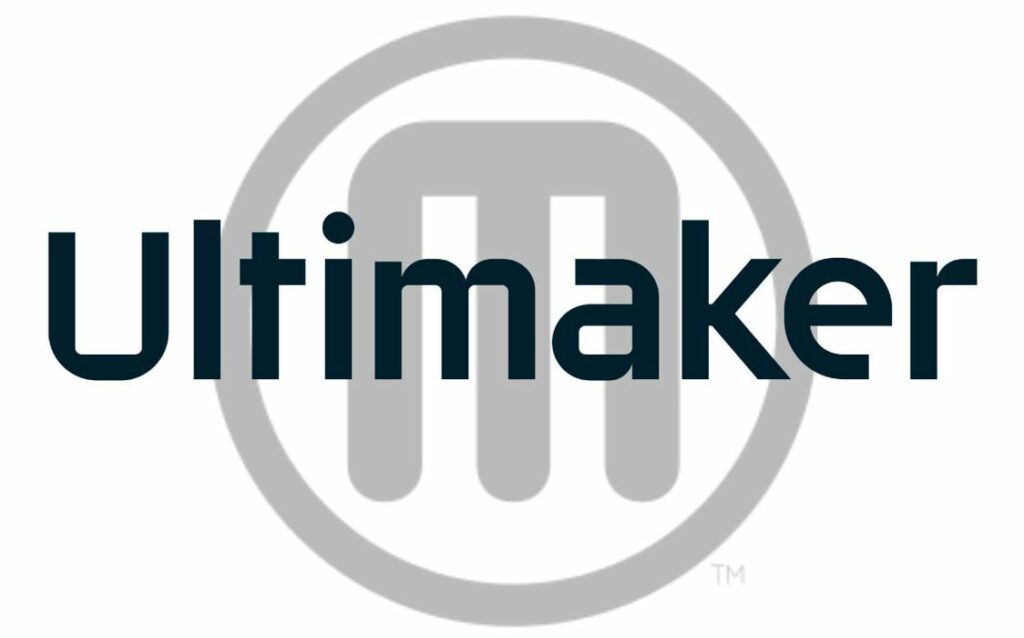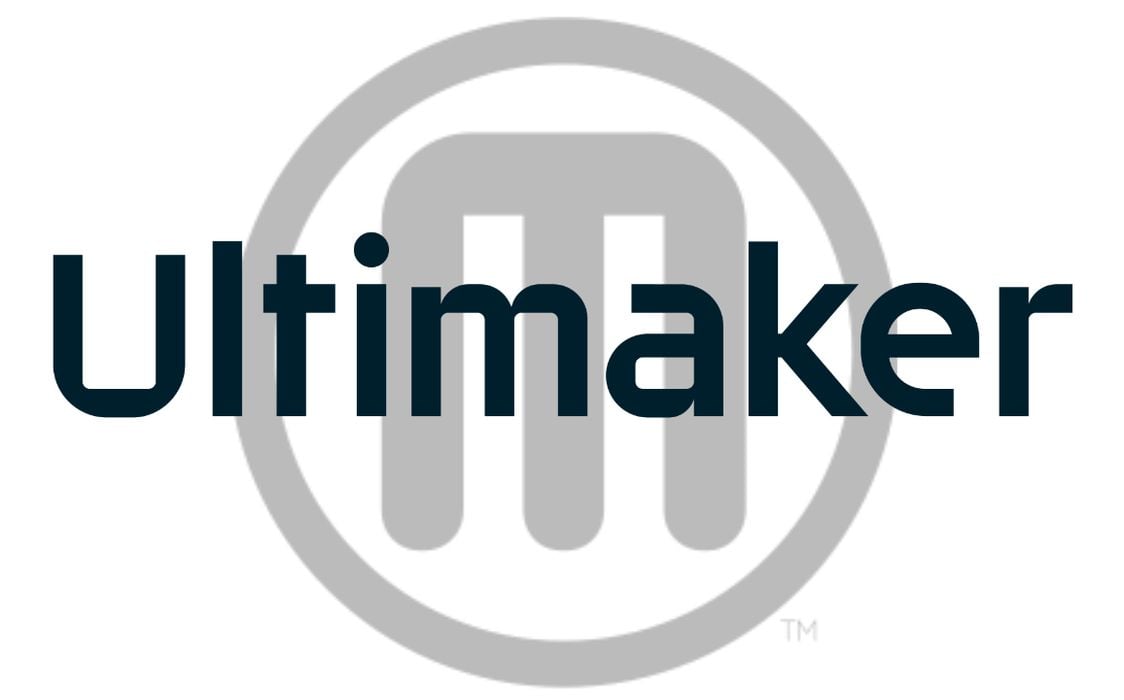
Today MakerBot and Ultimaker announced details of the closing of their unique merger agreement.
In May of this year, the two organizations agreed to merge with the help of a major cash infusion by investors. There were few details of how this would actually work provided at the time, leading to some speculation of what may unfold. I’ve put together several pieces thinking about what may happen.
Now we know a great deal more, as the companies today announced details of what will transpire.
First, the merger is considered closed and official. Going forward, the new brand will be “UltiMaker”. My idle speculation of using names like “Ultibot” or “Makermaker” were apparently completely unfounded.
Look closely and you’ll see the “m” in the new name is now capitalized, forming “Ulti-Maker”, a collision of the two names. The “Bot” part has been dropped, and this is not surprising because way back in 2008 when MakerBot was formed, the terminology of the space had not coalesced. At the time some, including MakerBot themselves, referred to the 3D printers as “robots”, hence “Maker-Bot”.
The new UltiMaker will offer both companies’ prior product lines, including equipment such as the S3, S5, METHOD, SKETCH and even the Replicator, apparently unchanged for now. The MakerBot equipment will be marketed under the MakerBot brand: “MakerBot METHOD”, even though it is being provided by “UltiMaker”.
Investors in each of the originating companies will toss in a massive US$62.4M to power up the new UltiMaker. They say this will power “growth”, “innovation” and “research and development”, which is a way of saying “everything”.
As for who’s in charge, evidently current Ultimaker CEO Jürgen von Hollen has “decided to leave the business” after the transition, with current MakerBot CEO Nadav Goshen as CEO of Ultimaker. Goshen said:
“As we begin the next chapter together as UltiMaker, we will continue to focus on developing 3D printing innovations to advance the availability of accessible and easy-to-use 3D printing solutions. By combining our teams and technical expertise, we can work towards developing and delivering a comprehensive portfolio of products to support professional, educational, and light-industrial applications.”
Ultimaker added:
“The completion of the merger allows UltiMaker to work towards consolidating both organizations and product lines. Combining both companies’ product portfolios will allow UltiMaker to offer a wide range of products for different applications to customers across the globe. Additionally, the new company plans to amplify R&D efforts to develop new products for education and professional customers, with new hardware and software innovations on the close horizon.”
There are some thoughts about these developments.
Even though the two companies emerged at about the same time and followed a similar evolutionary path, they remained competitors until this year.
However, joining the two companies together makes more sense as you consider their placement in the market. Both are addressing similar segments: professional, educational and “light industrial”, so combining operations should supercharge sales: double the staff to sell twice the set of products.
There should be similar benefits in the research and development areas, particularly if Stratasys remains involved and can provide assistance to UltiMaker as it did with MakerBot.
The choice of “UltiMaker” as the brand is interesting, but also revealing. Both original brands were very well known in the industry, but in spite of MakerBot’s best efforts there remained a bit of a dark shade from that company’s switch from open to closed source approaches ten years ago.
Today, years later, you can still read posts from individuals upset with MakerBot, even though the company is utterly different from staff to products, and serving completely different markets for different purposes.
That slight shade might have been enough for those in charge to tip the decision to “UltiMaker”, which has no such shade. However, “MakerBot” is still retained in several products, but I half-expect that usage to disappear in coming products. Eventually, this could be literally the end of “MakerBot” as a brand, although it may take a few years.
The choice of Goshen as CEO is also interesting. Stratasys has a habit of putting “their guys” in charge of new acquisitions, and it may be that they contributed more to the power-up fund than NPM Capital. However, details of the investment have not been released. Nevertheless, Goshen is a competent leader who has successfully run MakerBot for several years now.
The new UltiMaker will operate in “New York and The Netherlands”, which happen to be the current HQ locations for each merging company. If this sounds unusual, it isn’t for Stratasys, which operates in both Israel and Minnesota after the Objet merge years ago. Again, there are subtle hints of Stratasys all over this arrangement.
One more thing: if you look at Stratasys’ current 3D printer offerings, you’ll see a notable absence of professional and desktop equipment. In recent times they’ve shifted their focus to more industrial and speciality equipment. Perhaps this venture with UltiMaker is their way of keeping active in the desktop and professional markets.
There are plenty of good things to hope for from the new UltiMaker, as there are many complementary aspects between the two companies involved. My thought is that they could be quite successful.
I’m not alone in that thinking. The investors also believe so, at least to the tune of US$62.4M.
Via UltiMaker

